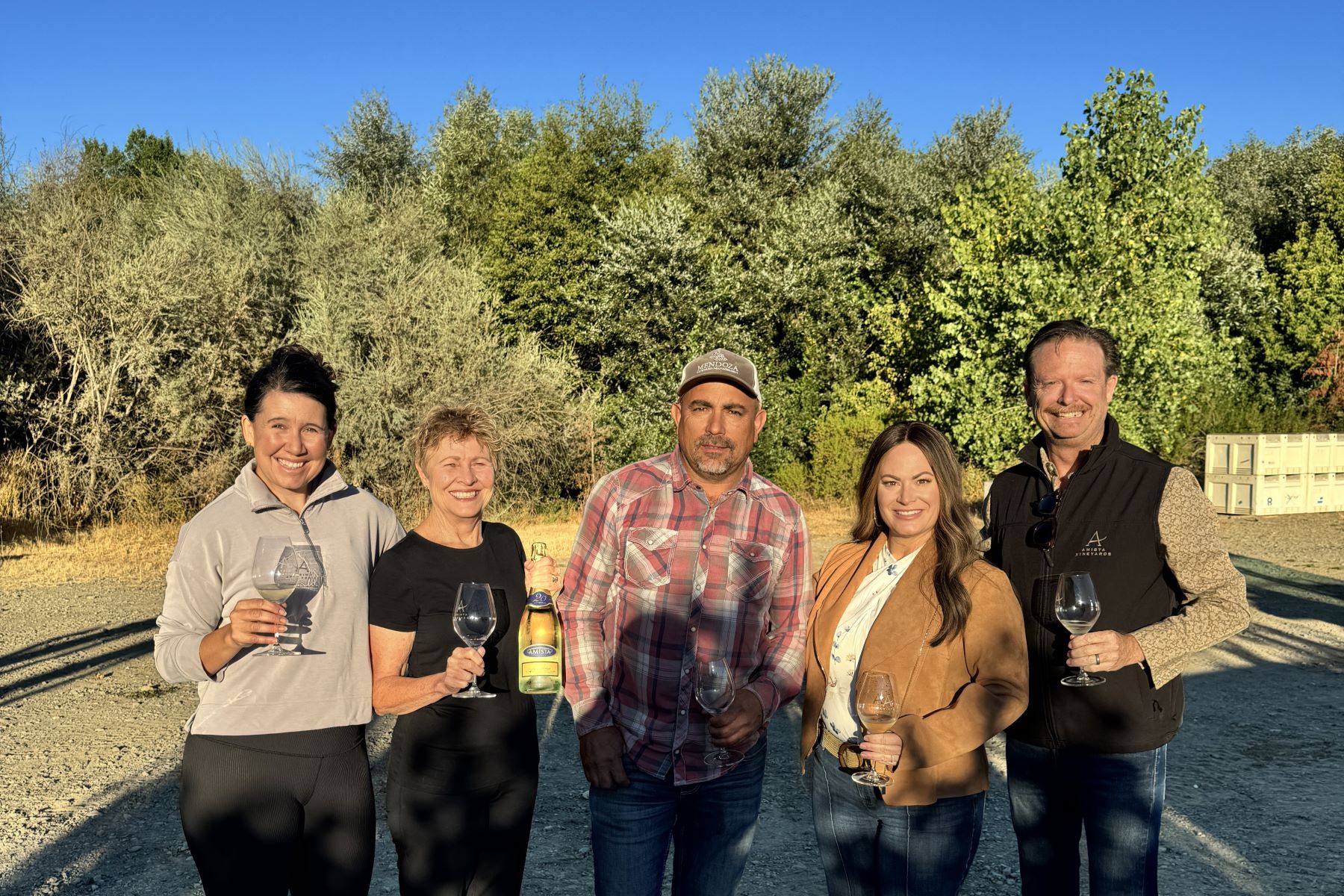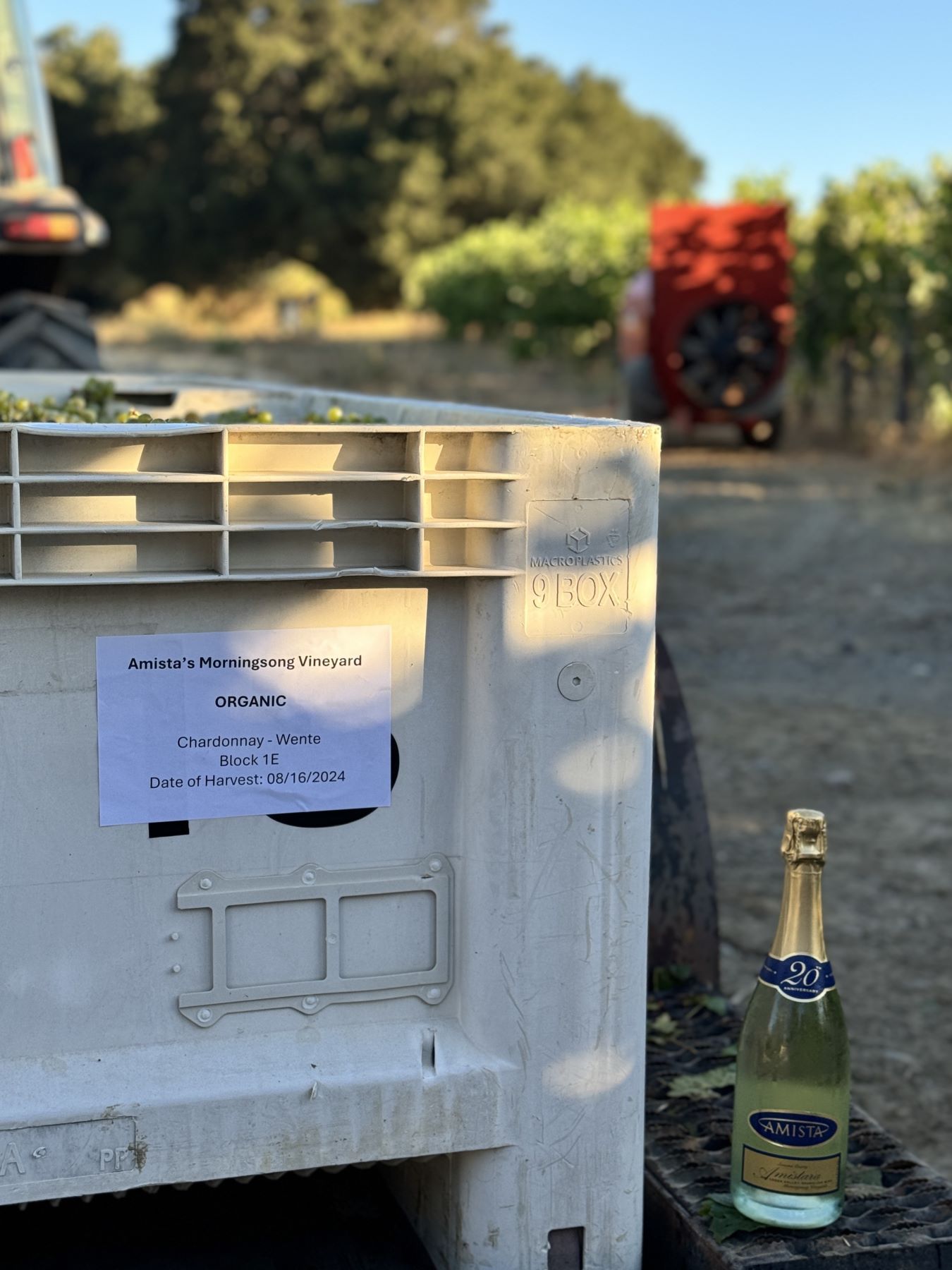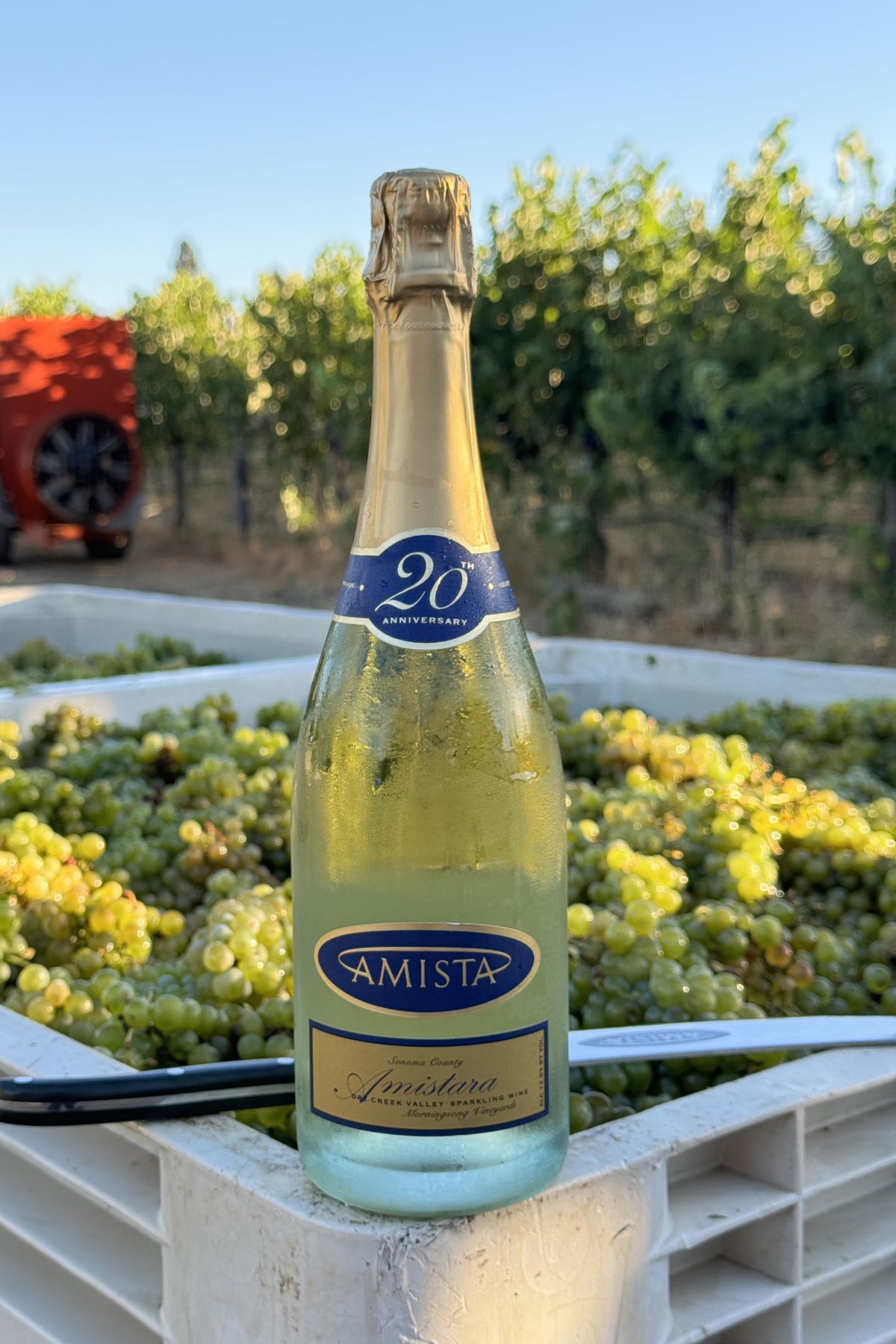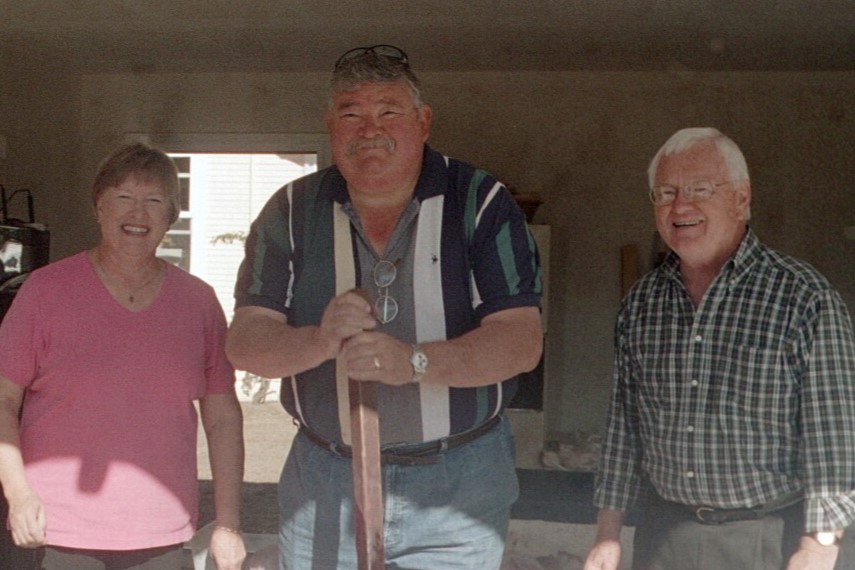Sparkling Moments at Amista Vineyards
How Do You Start a Winery?
A Dream We Didn’t Know We Had…
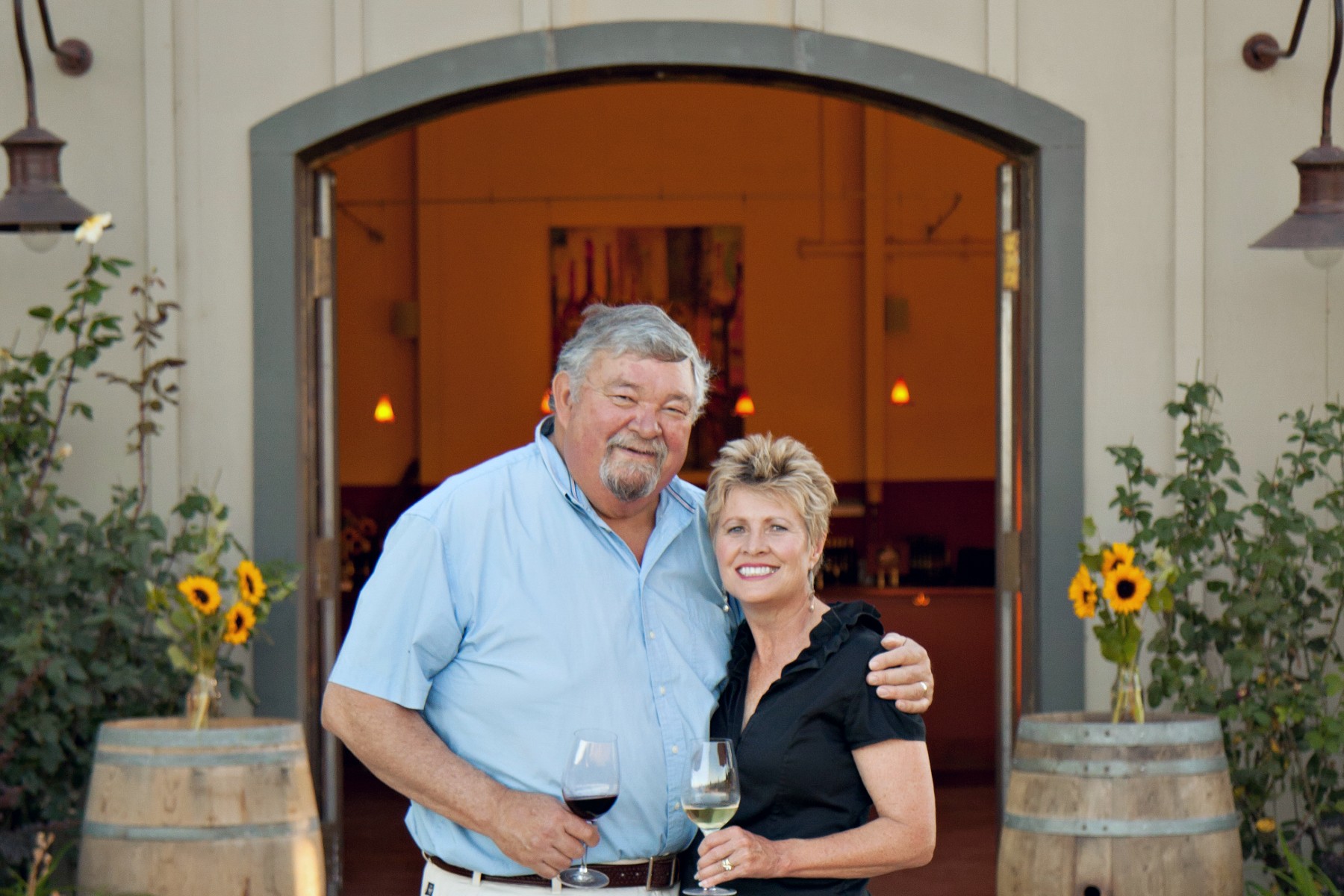
…and didn’t know we shared
As we celebrate our 20th anniversary, I'm excited to share a series of short weekly posts that take you behind the scenes, revealing memorable moments that have shaped our journey at Amista Vineyards.
The conventional wisdom for starting any business involves carefully picking a name, writing a business plan, creating a budget and obtaining financing. We picked a name but otherwise, we didn’t follow the prescribed plan. Our journey into the wine business was something that developed gradually and almost unknowingly. Reflecting on it now, I realize that our dream of owning a vineyard was always there, simmering beneath the surface, even though we never explicitly acknowledged it or discussed it—until it was already happening.
Recalling the Dream
We were well into establishing Amista Vineyards before we even recalled what first sparked this dream. It all began when we moved to California’s Silicon Valley from our home in Colorado. We spent our weekends exploring Napa and Sonoma wine country, enchanted by the beautiful landscapes, the process of making wine, and the vibrant community that surrounded it. We were also captivated by a series of Ernest and Julio Gallo TV commercials, featuring the serene music of Vangelis’ "Hymne" and stunning images of wine country life. Those moments planted a seed in our minds, even if we didn’t realize it at the time.
Planting Our First Backyard Vineyard
Nearly a decade later, my late husband Mike came across an ad in a local newspaper for "backyard vineyards." Inspired, he planted 150 Cabernet Sauvignon vines on the hillside of our Silicon Valley home.
Mike’s First Wine in the Garage
Six months later, his curiosity intensified, he decided to learn how to make wine. That fall, he crushed half a ton of Cabernet grapes purchased from a local grower (our vines were too young to produce fruit). In 1994, he made his first wine in our garage, eagerly punching down the grapes each day, coming in with arms stained purple. I’ll admit, I made sure I wasn’t around for the hard work!
An Unexpected Detour in our Wine Journey
Just as we were getting started, life took an unexpected turn. I was offered a job in New Jersey, and we had to move before we could even harvest our first grapes. But we didn’t leave our wine behind. Mike, ever the scientist, meticulously packed the barrel of wine for the move, placing it in the center of the moving van with a recording thermometer to monitor its temperature during the journey. The wine arrived safely and was stored in our basement, where it aged for a couple of years. When we finally tasted it with friends, it was fantastic! That’s when Mike declared, “I’m a winemaker!”
Little did we know that early experiment would eventually lead us into the world of winemaking, where we’d be crafting Rhone-style reds and sparkling wines. What started as a subconscious dream had now become a reality, shaping the future we hadn’t even known we wanted.
Still Thirsty?
If you want to learn more, here is a curated list of resources.
Ernest and Julio Gallo Commercial, 1986
How Long Does it Take a New Vineyard to Yield Grapes?
Amista’s Morningsong Vineyard Achieves Organic Certification
Our First Organic Harvest...
…a memorable moment for our 20th anniversary
On the radiant morning of August 16, 2024, the sun shone brightly over our Morningsong Vineyard estate in Healdsburg. The usual morning fog was nowhere to be seen, setting the perfect stage for a momentous occasion. Just after daybreak, we gathered in the vineyard to celebrate the start of the season’s harvest and our first official organic pick.
Our team pictured above: Ashley Herzberg, Winemaker, Vicky Farrow, Proprietor, Paco Mendoza, Vineyard Management, Jackie Cain, Hospitality, Brian Shapiro, Estate Director (not pictured, Maritza Mendoza)
A Milestone Realized
After years of dedication and hard work, our estate Morningsong Vineyard, was proudly certified organic on June 12, 2024. Our winemaker, Ashley, was overjoyed when she received the news. This certification is the continuation of a journey that began years ago when we committed to enhancing the health of our vineyard. We first became certified sustainable in 2018 and then farmed organically for the required three years, ultimately earning the coveted certification from California Certified Organic Farmers (CCOF). Seeing the first “organic” stickers being placed on the bins was a powerful and inspiring moment, marking the reality of this achievement.
Blessing of the Grapes: A Time-Honored Tradition
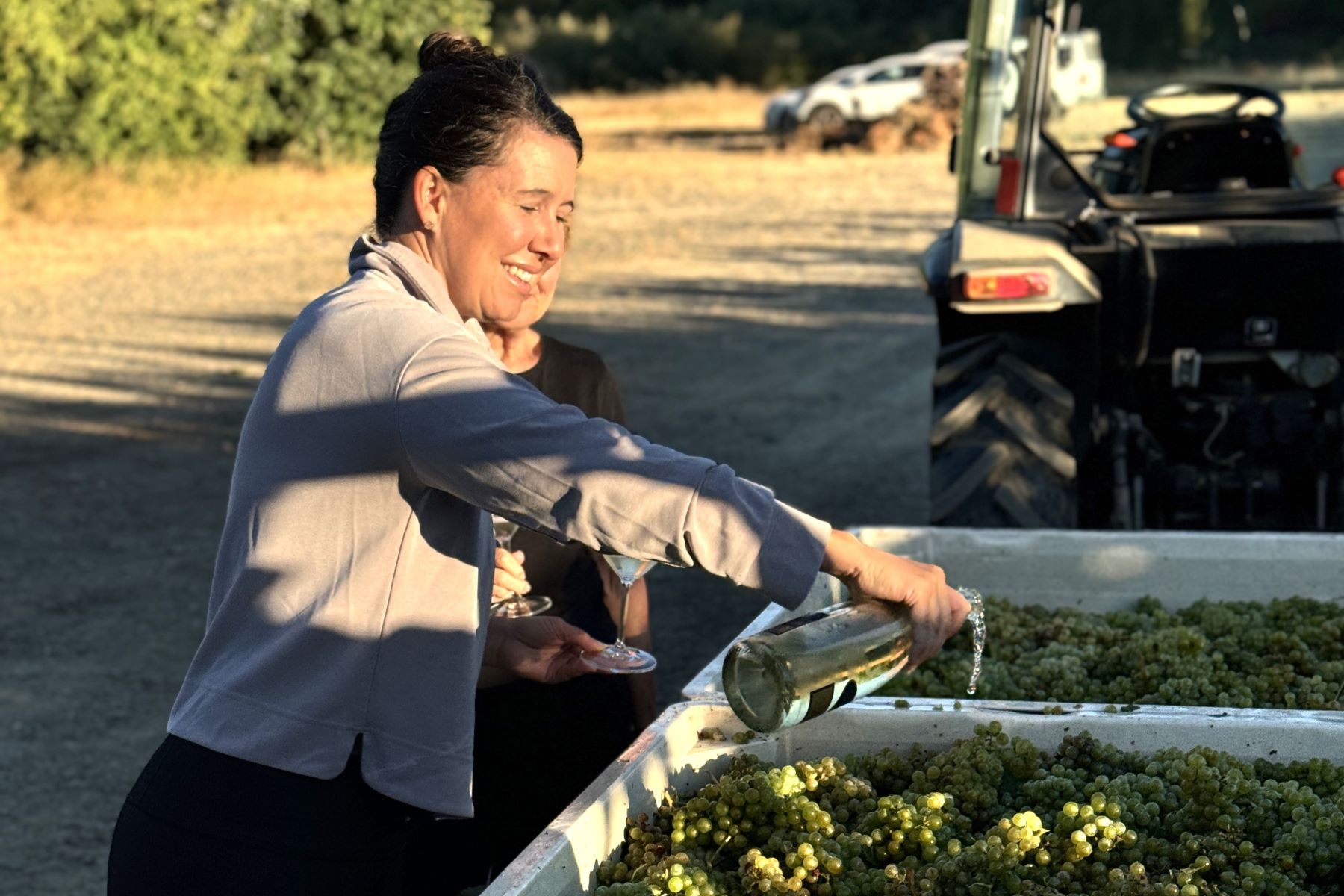
At Amista, we’ve always honored the first pick of the season with a blessing of the grapes and a toast. Our first pick is traditionally Chardonnay, as it ripens before the other varieties. Since we harvest these grapes early for sparkling wines, they maintain lower sugar and higher acidity, which results in the refreshing crispness and lower alcohol levels characteristic of sparkling wines.
Despite this being our 22nd harvest, the excitement never fades. Harvest time is the culmination of a year’s worth of effort—pruning vines, managing cover crops, training the vines, thinning the fruit, and navigating unpredictable weather. When the grapes are finally ready, there’s a mix of relief and anticipation. The first pick is always a cause for celebration. We honor the cycle of nature by opening a bottle from a previous vintage, pouring some over a bin of freshly picked grapes, and raising a toast to the start of another harvest season.
A Sabrage to Celebrate Organic Certification and 20 Years of Amista
This year, we added a special touch to our celebration. To mark our first harvest as a certified organic vineyard and to celebrate Amista Vineyards’ 20th anniversary, Ashley performed a sabrage with a bottle of Amistara, our sparkling Blanc de Blanc with a unique dosage created specifically for this milestone. The dramatic ceremony of sabrage—sliding a saber along the seam of the bottle to break the neck and send the cork flying—was the perfect way to honor this incredible achievement and the exciting harvest season ahead.
Cheers to All the Friends of Amista Who Have Supported our Journey!
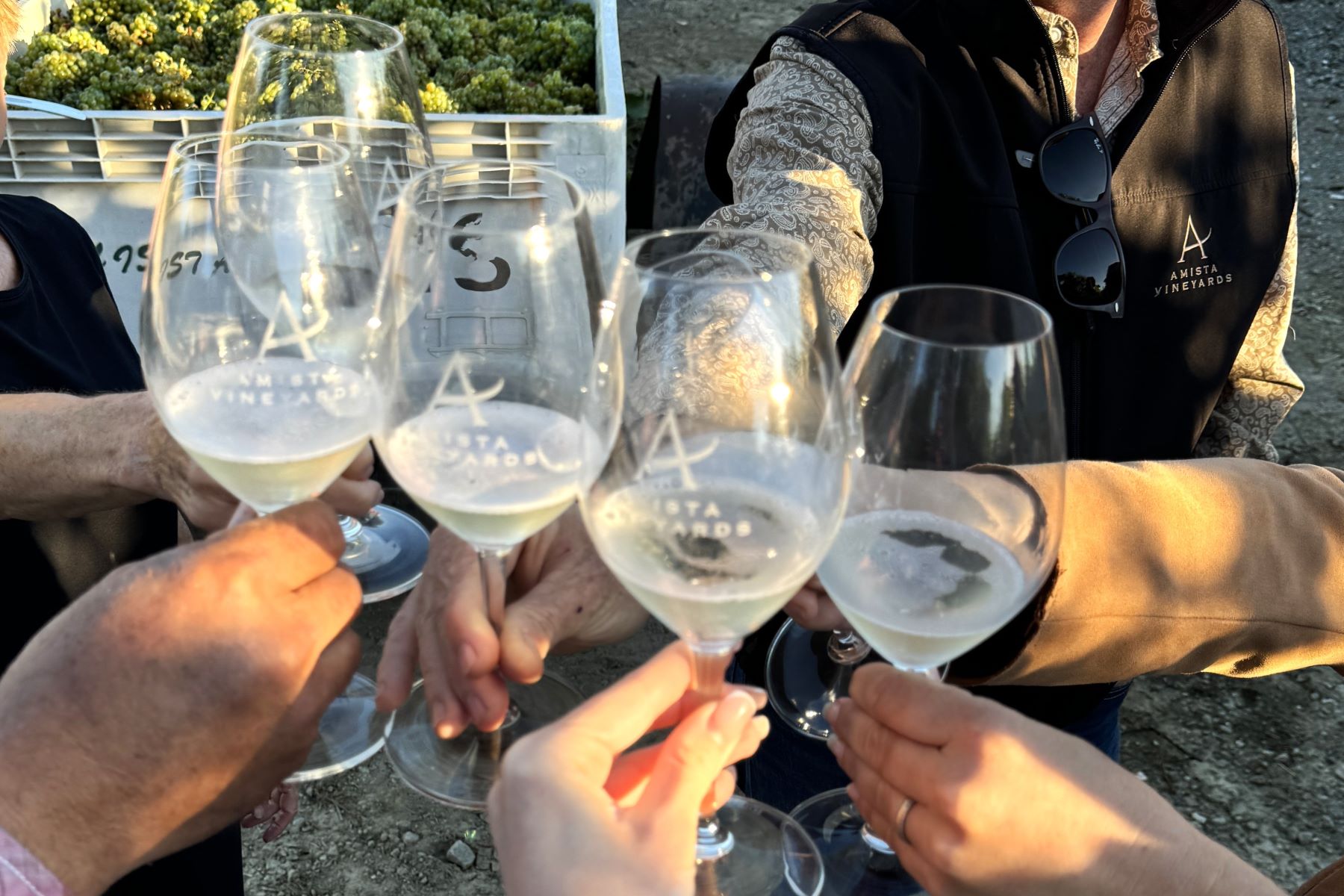
All images courtesy of the Winegrowers of Dry Creek Valley. A special thank you to Amanda Brower for joining and capturing our celebration!
Still Thirsty?
If you want to learn more, here is a curated list of resources.
About California Certified Organic Farmers (CCOF)
CCOF Directory - Amista's Morningsong Vineyard
Harvest 101: The Basics of Crush
How to Saber a Bottle of Champagne
Kitchen Tastings - The Beginnings of Amista Vineyards
A Journey of Friendship and Wine…
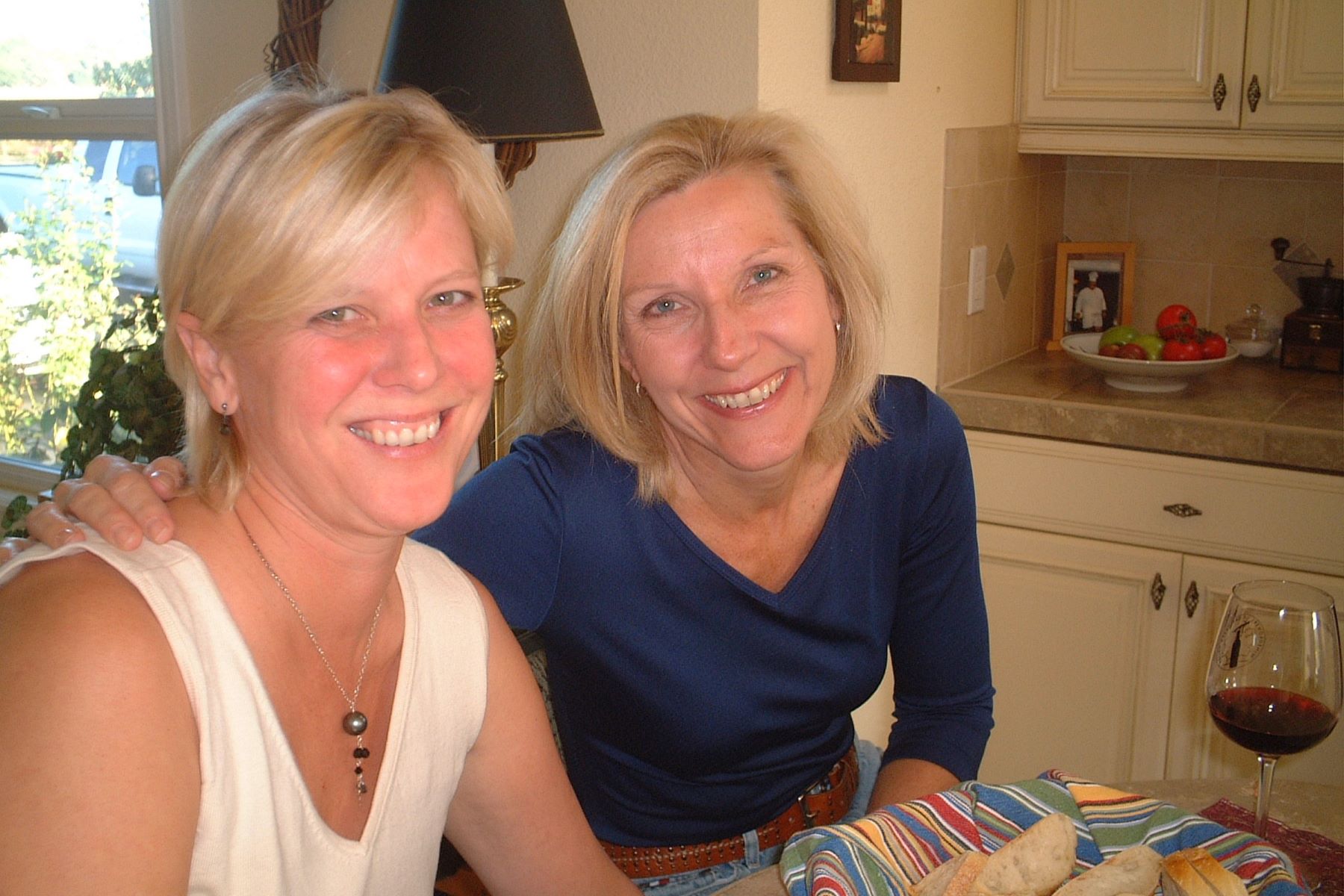
…that started in our tiny kitchen
As we celebrate our 20th anniversary, I'm excited to share a series of short weekly posts that take you behind the scenes, revealing memorable moments that have shaped our journey at Amista Vineyards.
In 2004, we officially launched Amista Vineyards. By late spring 2005, our initial wines were bottled and ready to share. However, we had a problem: we didn't have a place to offer tastings. While we were planning to build a winery and tasting room, we hadn’t received approval and wouldn't get the building permit until late 2006.
In what would become a repeating theme, we decided to convert a challenge into an opportunity. Friends, relatives, and curious wine enthusiasts had heard about our venture and were eager to try our wines. We decided to use our tiny kitchen for tastings, making sure we got the proper permit to avoid any issues (we were just beginning to discover that the wine business is heavily regulated). Whenever friends were in town, we’d invite them over to sample our wines.
One memorable evening, we met a couple, Wayne and Annette from Florida, at our favorite local restaurant. We invited them to a tasting the next day, bonding over our mutual love of wine and Shelties. They joined our wine club and have remained loyal members ever since, enjoying our wines over these many years.
Our kitchen became a hub of curiosity, drawing a steady stream of visitors intrigued by the prospect of wines produced by two former tech professionals with no prior experience in winemaking, running a small business or working side-by-side. To our delight, many of these visitors were pleasantly surprised. They didn’t just taste, they bought wine and joined our wine club.
The variety of people who graced our kitchen was astounding. We welcomed my folks from Arizona, several of Mike’s seven brothers and their wives, Mike’s best friend from Munich, colleagues from my consulting practice, local neighbors, and friends from across the U.S. and even a winemaker from France. It seemed that making wine and living in wine country attracted long-time friends and relatives to visit. This warm reception solidified our choice of the name Amista, meaning “it makes friends” in Spanish.
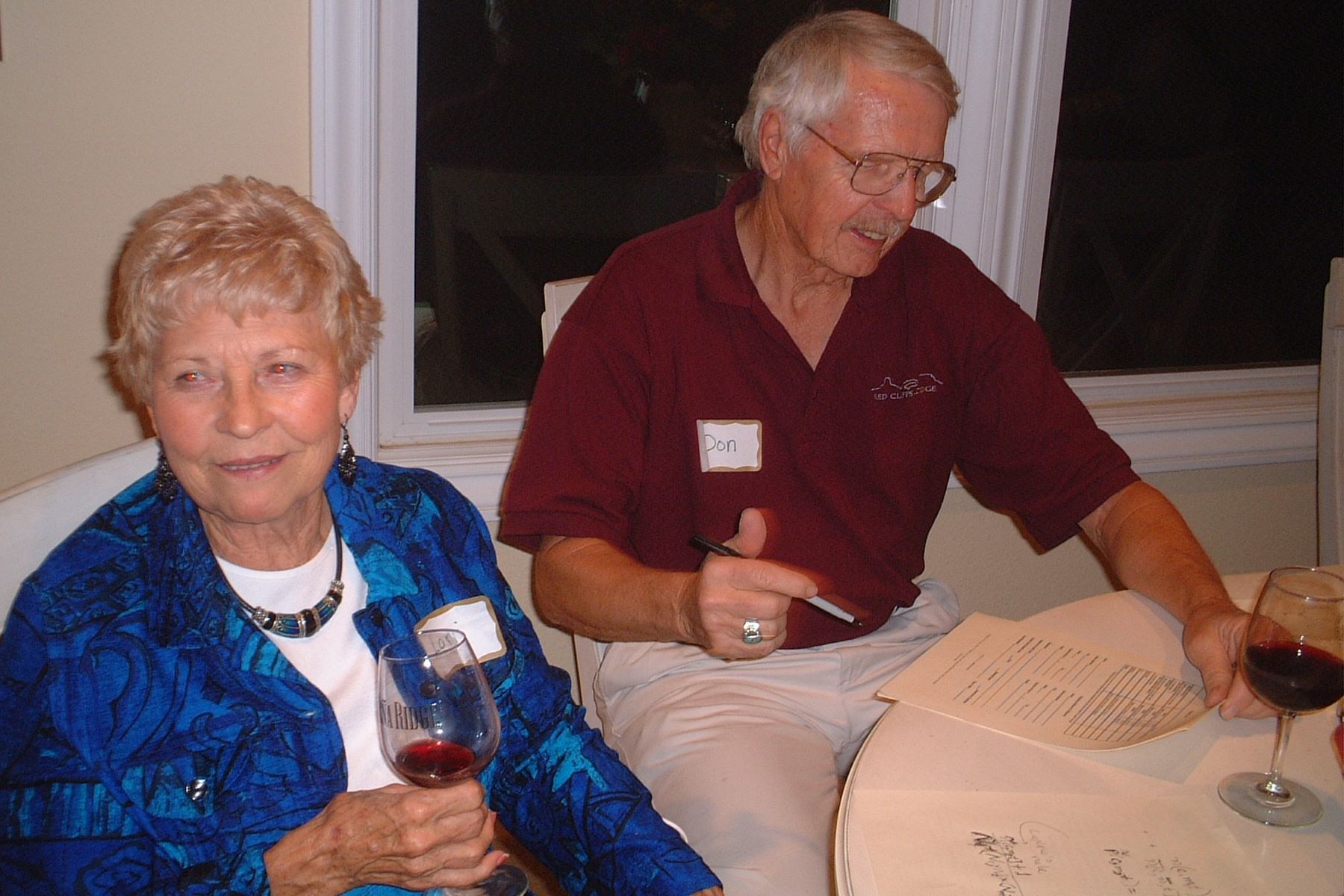
Those early days were a blend of fun, exhilaration, and challenges. What made it all worthwhile were the moments spent talking, tasting, and laughing with friends in our kitchen. To this day, gathering with friends, tasting our newest releases, and sharing stories continues to make this journey a dream come true.
The Magic of Tasting Wine from the Barrel
Our First Amista Event…
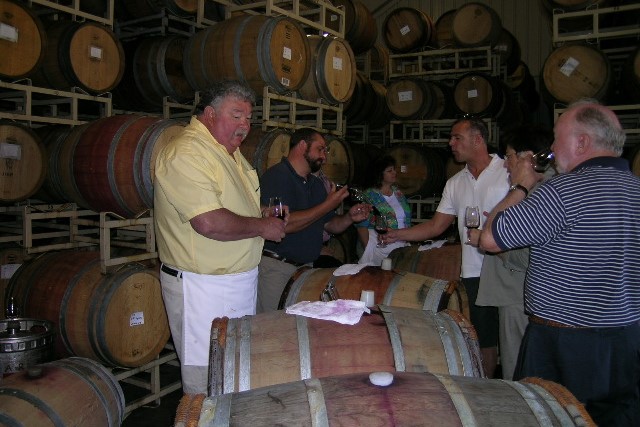
…With A Barbecue Lunch in our Backyard
As we celebrate our 20th anniversary, I'm excited to share a series of short weekly posts that take you behind the scenes, revealing memorable moments that have shaped our journey at Amista Vineyards.
Once upon a time, in 2004, Amista Vineyards was officially born. Mike and I couldn’t wait to share our inaugural vintage with our friends. However, in 2004, we hadn't bottled any wine yet. We had harvested Syrah, Zinfandel, and Cabernet Sauvignon in the fall of 2003, and the wine was still aging in barrels.
The Solution: Barrel Tasting!
To give our supporters a sneak peek, we decided to host a barrel tasting. We invited them to join us at the winery where our wines were fermenting and aging. Lacking a tasting room, we utilized our picturesque backyard, surrounded by vineyards, to host a delightful lunch.
What is Barrel Tasting?
Barrel tasting involves sampling wine directly from the barrel where it is aging. This young wine tastes different from its final, bottled version, with more pronounced tannins and acidity. The wines we tasted had been aging for about eight months and would remain in the barrel for another 15 months before bottling.
The Romance of Barrel Tasting
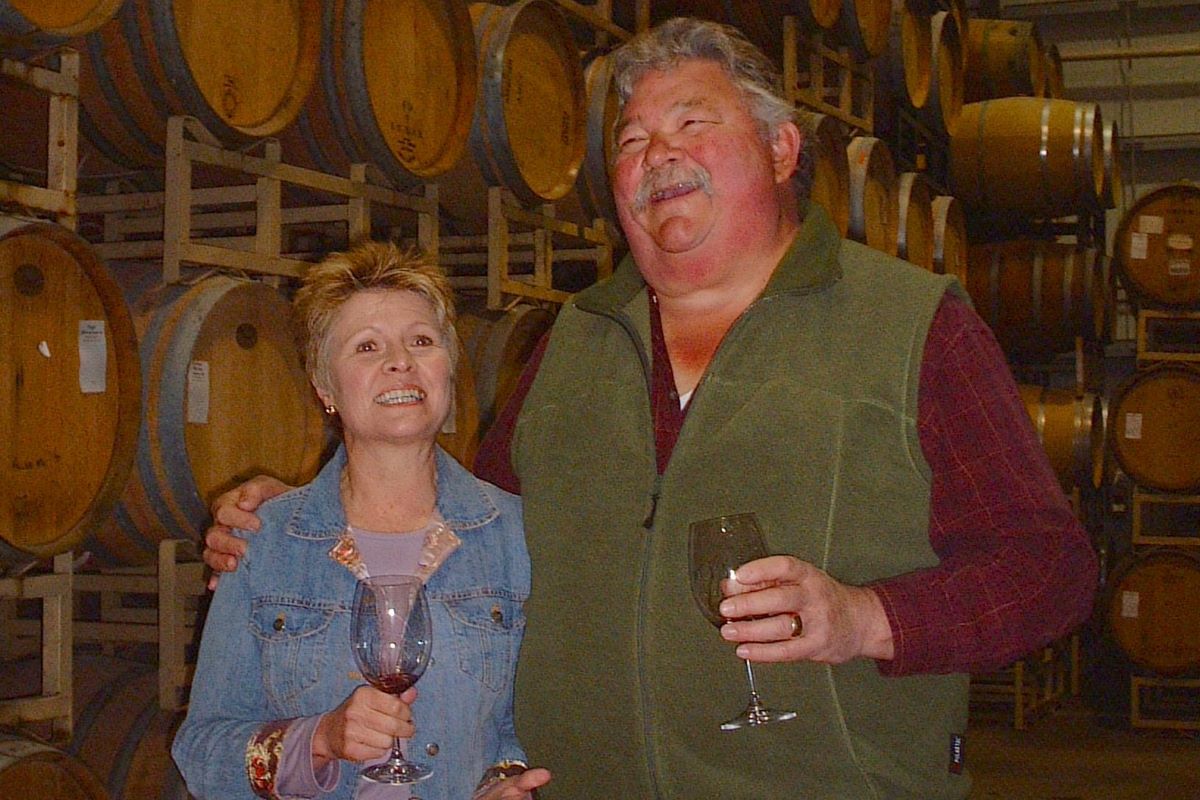
Tasting wine directly from the barrel has a unique charm. It's an opportunity to go behind the scenes in the cellar, experiencing where the wines are aged and tasting them in their unfinished state. Rows of barrels, stacked high, create a captivating backdrop. For the tasting, a barrel of each wine is moved to the cellar floor with a forklift, and a wine thief is used to extract the wine into glasses.
Mike was in his element, sharing his first commercial wine with our friends and answering questions about the harvest and winemaking process. He was pouring the Syrah, made from grapes from our own estate vineyard, Morningsong. Friends offered to help pour the Cabernet and Zinfandel. We acquired grapes for those wines from a friend's vineyard overlooking Dry Creek Valley.
An Early Surprise About Buying Grapes
Our journey into the wine business was filled with learning experiences. One early lesson was the complexity of buying grapes from other growers. We aimed to make Syrah from our vineyard for our initial harvest and also wanted to produce a Zinfandel since Dry Creek Valley is renowned for it. Finding grapes within the Dry Creek appellation was a priority, and we hoped to buy from another small family-owned local grape grower.
We were lucky to find beautiful Zinfandel grapes but buying them involved a bit of negotiation. Our fellow grower agreed to sell us Zinfandel only if we also purchased some of his Cabernet Sauvignon. This unexpected twist led to our first Cabernet production, an unplanned venture that mirrored many of our spontaneous decisions over the years.
Lunch in Our Backyard
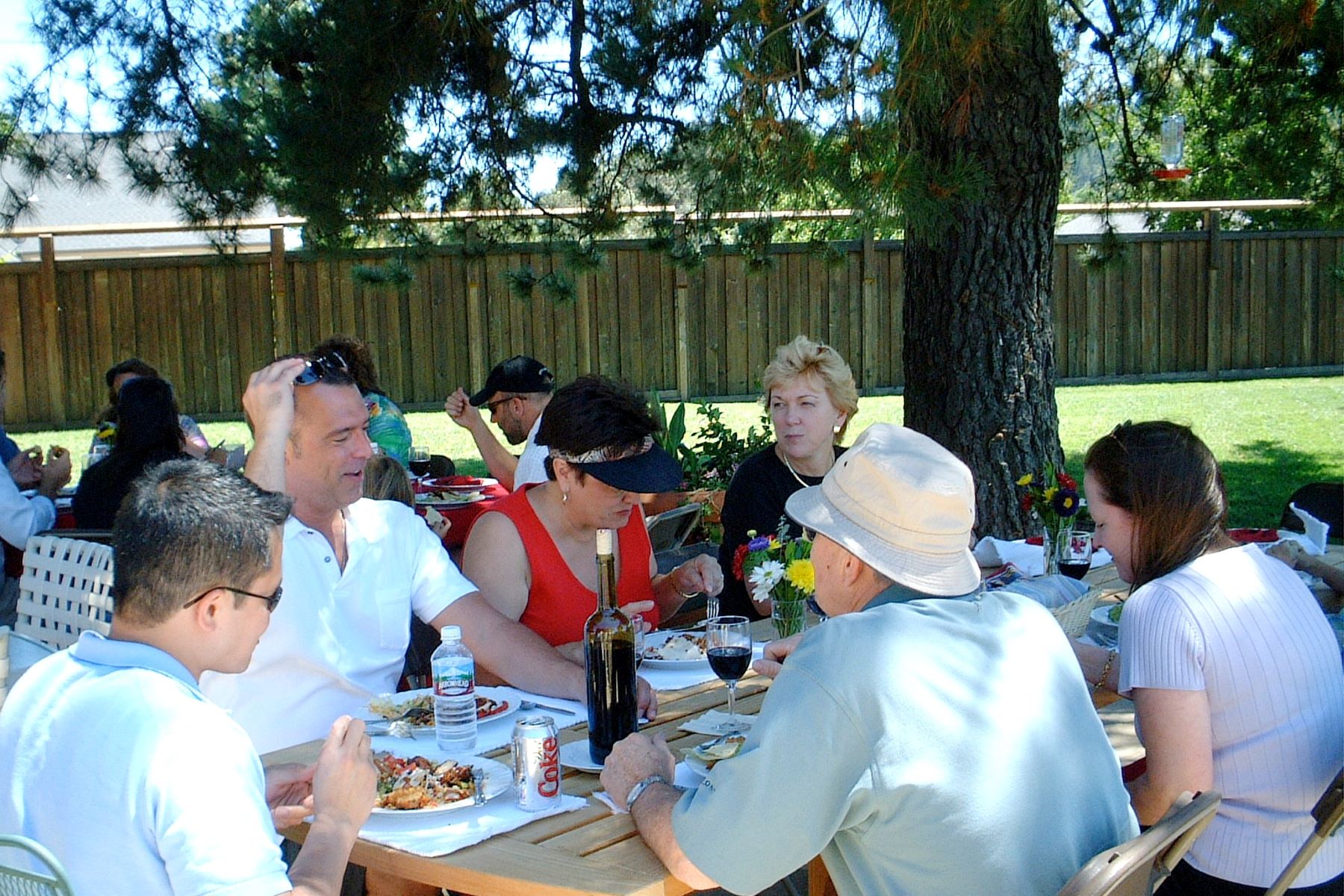
Without a tasting room, we welcomed our guests to our home for a backyard barbecue after the barrel tasting. Mike took on the role of grill master, while I prepared the salads. We had sample bottles filled with our young wines to enjoy with lunch. This gathering marked the first of many glorious afternoons spent among the grapevines, with great food, great wine, and great friends.
Still Thirsty?
If you want to learn more, here is a curated list of resources.
Amista Vineyards - Our First Out of Town Wine Tasting!
What Do Barrel Samples, A Wine Thief and Friends Have in Common?
Memorable Moments - A Journey Down Memory Lane
As we celebrate our 20th anniversary, I'm excited to share a series of short weekly posts that take you behind the scenes, revealing memorable moments that have shaped our journey at Amista Vineyards.
Twenty years ago this week, we hosted our first out of town wine tasting. This memorable event took place in our home state of Colorado, making it an extra special milestone. Our first harvest was in 2003, so we didn't have finished wine to taste yet. We shipped barrel samples to our friends who were hosting a wine tasting dinner at their home. After sending off the wine, Mike and I hopped on a plane to Denver.
What is a Barrel Sample?
A barrel sample is wine drawn directly from the barrel where it is being aged. This young wine, extracted using an instrument called a wine thief, tastes different than it will once bottled. Typically, tannins and acid are more pronounced in younger wines. In our case, the wines had been in the barrel for just under a year and wouldn't be bottled for another year.
What is a Wine Thief?
A wine thief is a long glass, plastic, or steel tube used to draw a small amount of wine from the barrel for sampling or testing. It has two openings: one at the top and one at the bottom. By dipping it into the barrel through the bung hole, wine flows into the tube through the bottom opening. Once filled, placing a finger on the top opening creates a vacuum that keeps the wine in the thief. When the finger is removed, the wine can be released into a glass or bottle.
Celebrating with Friends
Our dear friends Meg and Dale hosted the party at their home in Louisville, Colorado. They had been with us when Mike made his first garage wine at our home in Saratoga, California, and again when he made his first "Garage Syrah" (pictured above) in our home in Healdsburg. They cheered us on through many major milestones in Amista's early days. Their ongoing support and encouragement inspired us to name our brand Amista, which means “it makes friends” in Spanish. We were thrilled when they decided to have a wine tasting dinner during our visit.
The most treasured occasions in our wine journey have always been when we gather with friends and family, sharing beautiful food and wine. These moments, filled with stories and laughter, create precious memories that we cherish forever.
Still Thirsty?
If you want to learn more, here is a curated list of resources.
